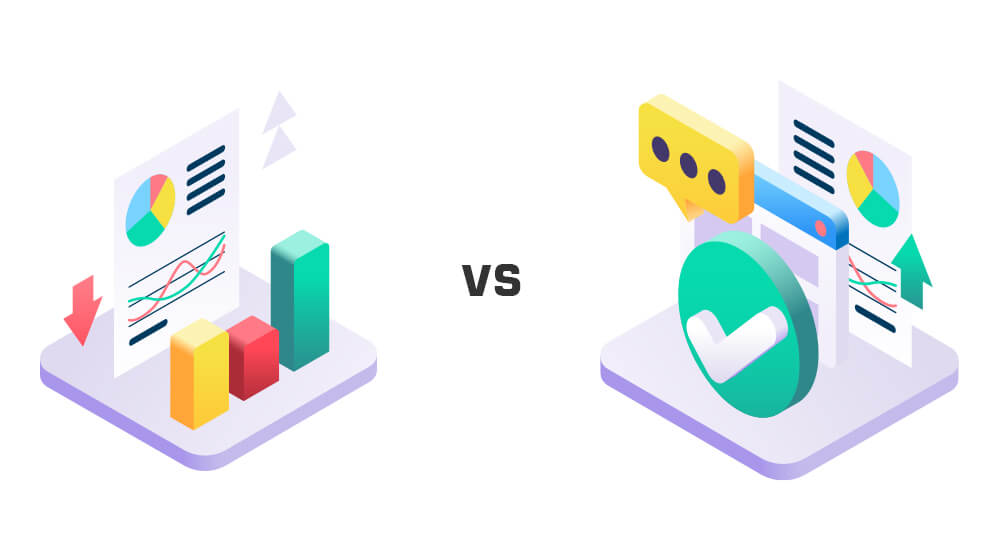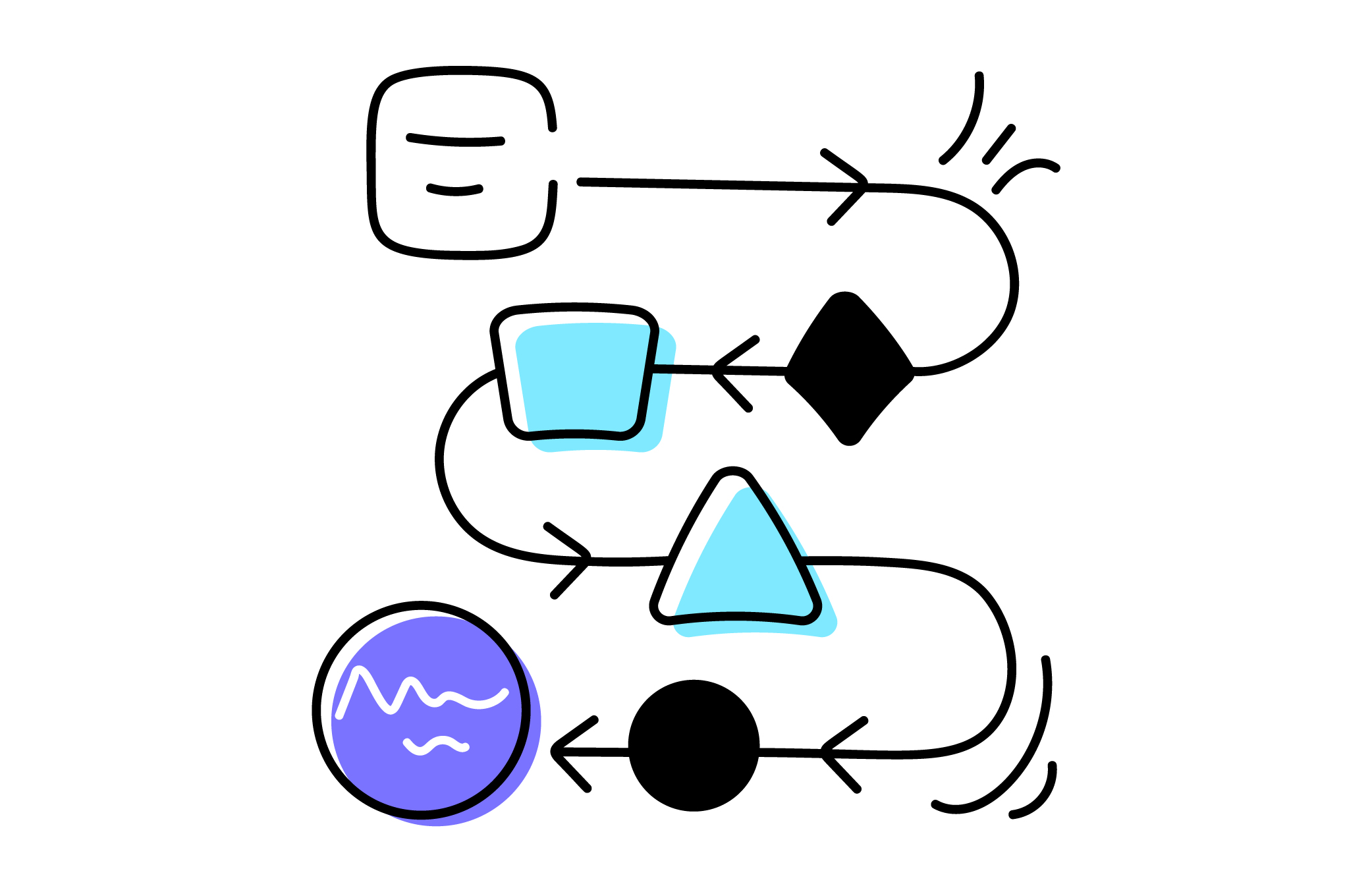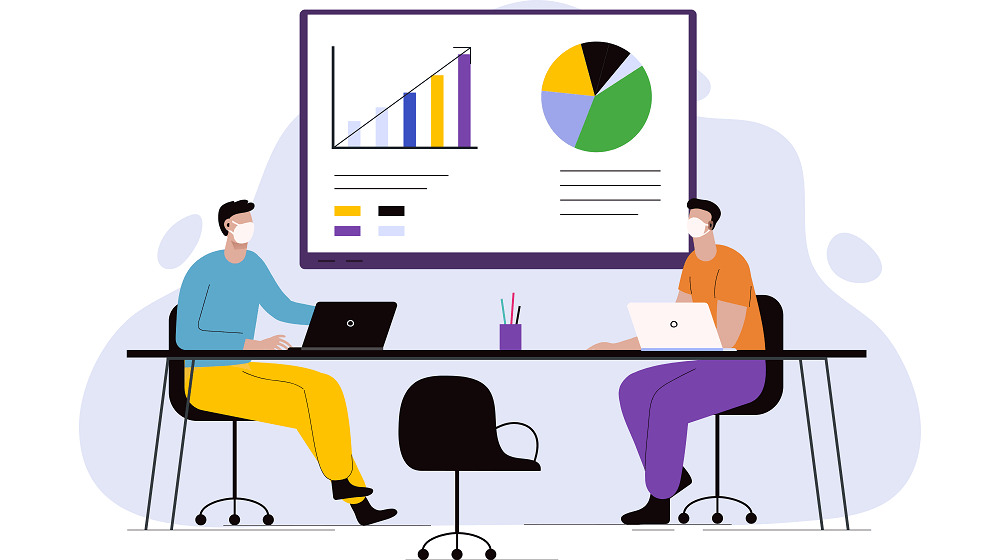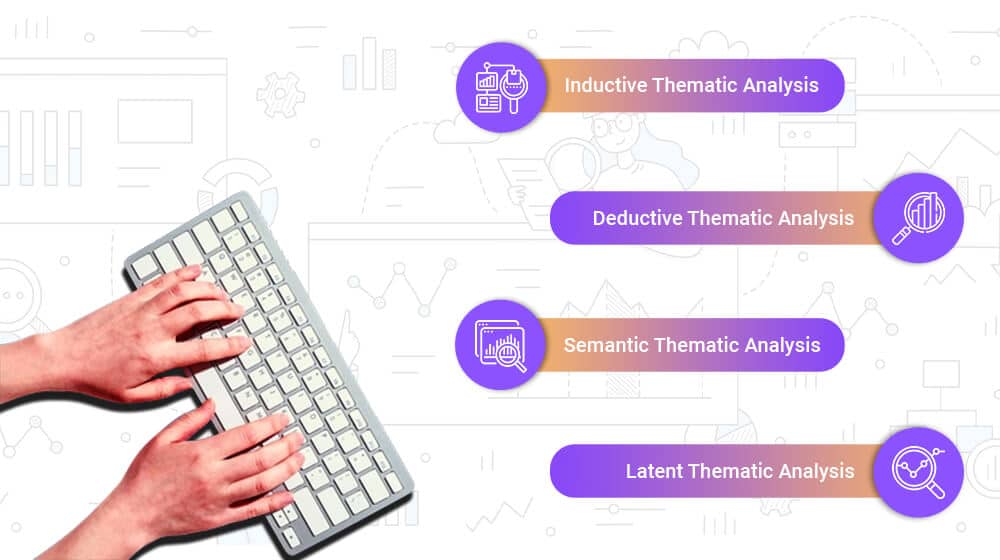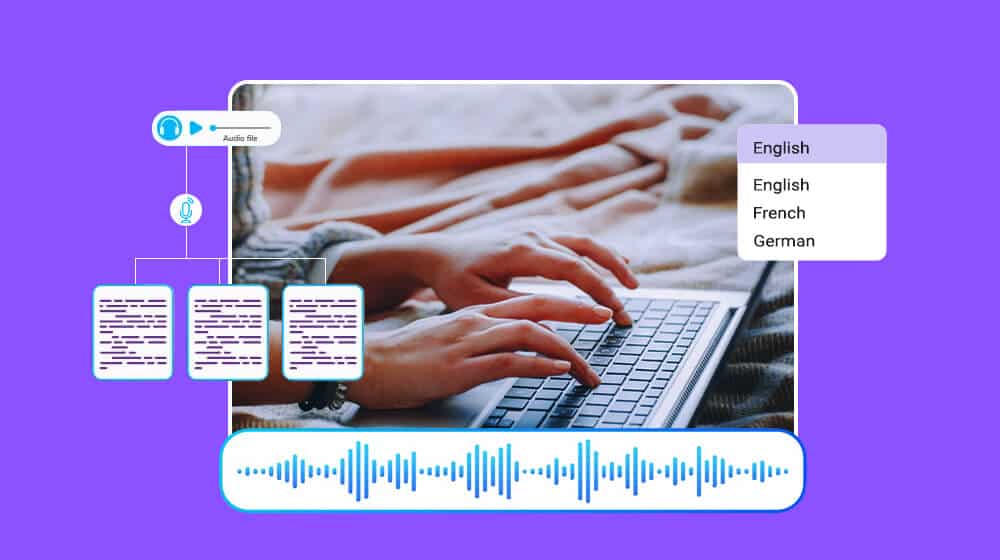Understanding Thematic Analysis: A Comprehensive Guide for Beginners
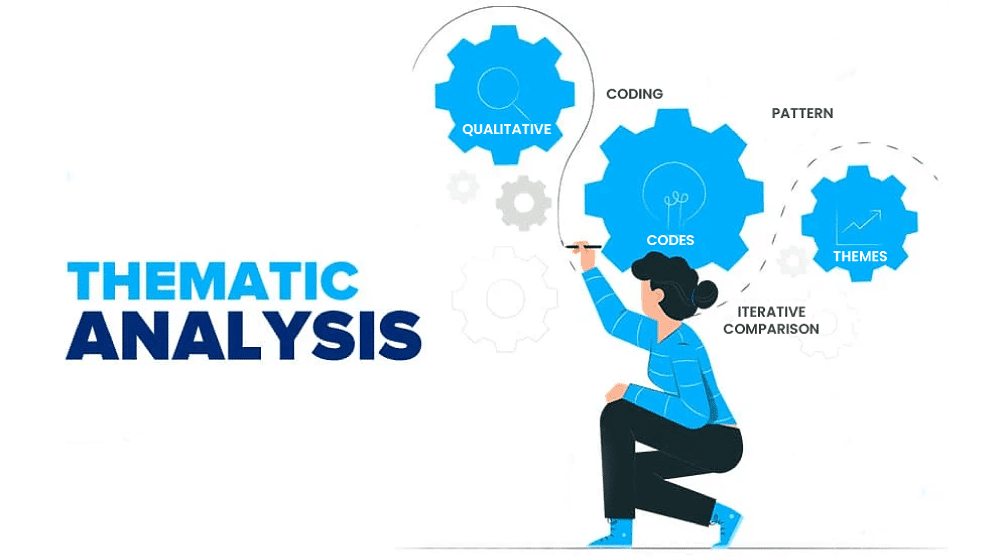
Ever obsessed over a song’s lyrics or melody? That’s how thematic analysis feels, but for texts, interviews, and data. If you love digging deep, this guide’s for you.
And guess what? Thematic analysis isn’t confined to just academic papers or lab research. Nope, it has its arms stretched wide across various industries! Marketers use it to understand customer feedback, healthcare professionals apply it to patient interviews, and even policymakers rely on it to gauge public opinion. If you’re in journalism, it can help you decode interviews or public speeches. Truly, its applications are as diverse as the themes you’ll uncover.
So, regardless of your industry, thematic analysis might just be the breakthrough you need!
What is Thematic Analysis?
Let’s start simple: what is thematic analysis? It’s a method used to identify, analyze, and report patterns or themes within data. It can be applied in psychology, sociology, marketing, and literature. The goal is to sift through a mountain of information to find the golden nuggets, the significant or interesting themes.
Importance of Thematic Analysis
Imagine this: you have a jigsaw puzzle with thousands of pieces. Individually, each piece doesn’t say much. But when you put them together, they create a beautiful image or tell a story. Similarly, themes help us understand the bigger picture. They give us insights into behaviors, perspectives, and underlying motives. It helps us make sense of a lot of stuff!
Unlocking Insights: 5 Industries Where Thematic Analysis Shines
1. Market Research: Thematic analysis helps businesses sift through data to spot trends and patterns. This way, they can align their offerings with what consumers really want.
2. Healthcare: It’s not just about data; it’s about patient care. By analyzing feedback and trial results, healthcare providers can personalize treatments and enhance patient outcomes.
3. Social Sciences: Researchers use thematic analysis to dig deep into societal behavior and patterns. It’s a tool to better understand cultures and societies.
4. Media and Journalism: Given the massive media content today, thematic analysis aids journalists in understanding narratives, audience feedback, and public sentiments.
5. UX Design: For digital products, user experience is key. Thematic analysis allows designers to understand user feedback, making interfaces user-friendly and efficient.
Steps in Thematic Analysis
So, how do you go about conducting a thematic analysis? While there are different approaches, let’s stick to a simple and widely accepted six-step process.
1. Familiarizing Yourself with the Data
Just like you wouldn’t propose on the first date, don’t jump into identifying themes right away. Read, re-read, and maybe even read your data one more time to truly understand what’s going on.
2. Generating Initial Codes
Now, start tagging or coding pieces of data that look interesting. Imagine you’re highlighting your textbook before an exam except here, you’re highlighting text, notes, or transcripts that could be significant for your study.
3. Searching for Themes
After coding, group your codes into potential themes. Think of it like sorting your laundry; all the socks go in one pile, shirts in another.
4. Reviewing Themes
Not all that glitters is gold, and not every theme you initially pick will be a keeper. Review them to see if they actually make sense and fit the narrative you’re piecing together
5. Defining and Naming Themes
Now that you have your winning themes, give them names that capture their essence. It will make it easier to discuss your findings later.
6. Producing the Report
You’ve reached the finish line! Put all your insights into a well-structured report. Present your themes and back them up with evidence from your data.
Tips and Tricks
- Be Open-Minded
When diving into thematic analysis, it’s easy to get tunnel vision. Stay open to surprises; you might stumble upon insights you didn’t expect!
- Take Breaks
Believe it or not, your brain is more effective when it has time to rest. So, go for a walk or make yourself a cup of coffee. The themes will still be there when you return.
- Use Software
There are many computer programs designed to assist in qualitative analysis. They can help you sort codes, find patterns, and generally make your life easier.
The Bottomline
Thematic analysis is more than just a scholarly technique; it’s a way to get to the heart of what people think and feel. It helps us make sense of complex data and leads to a richer, more nuanced understanding. So go ahead, start your data analysis journey, and who knows, you might just find the golden nuggets you’re looking for
So, are you ready to be the Sherlock Holmes of data and discover those hidden themes? Let’s get theming! Ready to start your thematic analysis journey but need some help? Don’t worry, you’re not alone! Get in touch with us for expert guidance, and make your project really stand out. Contact us today!


